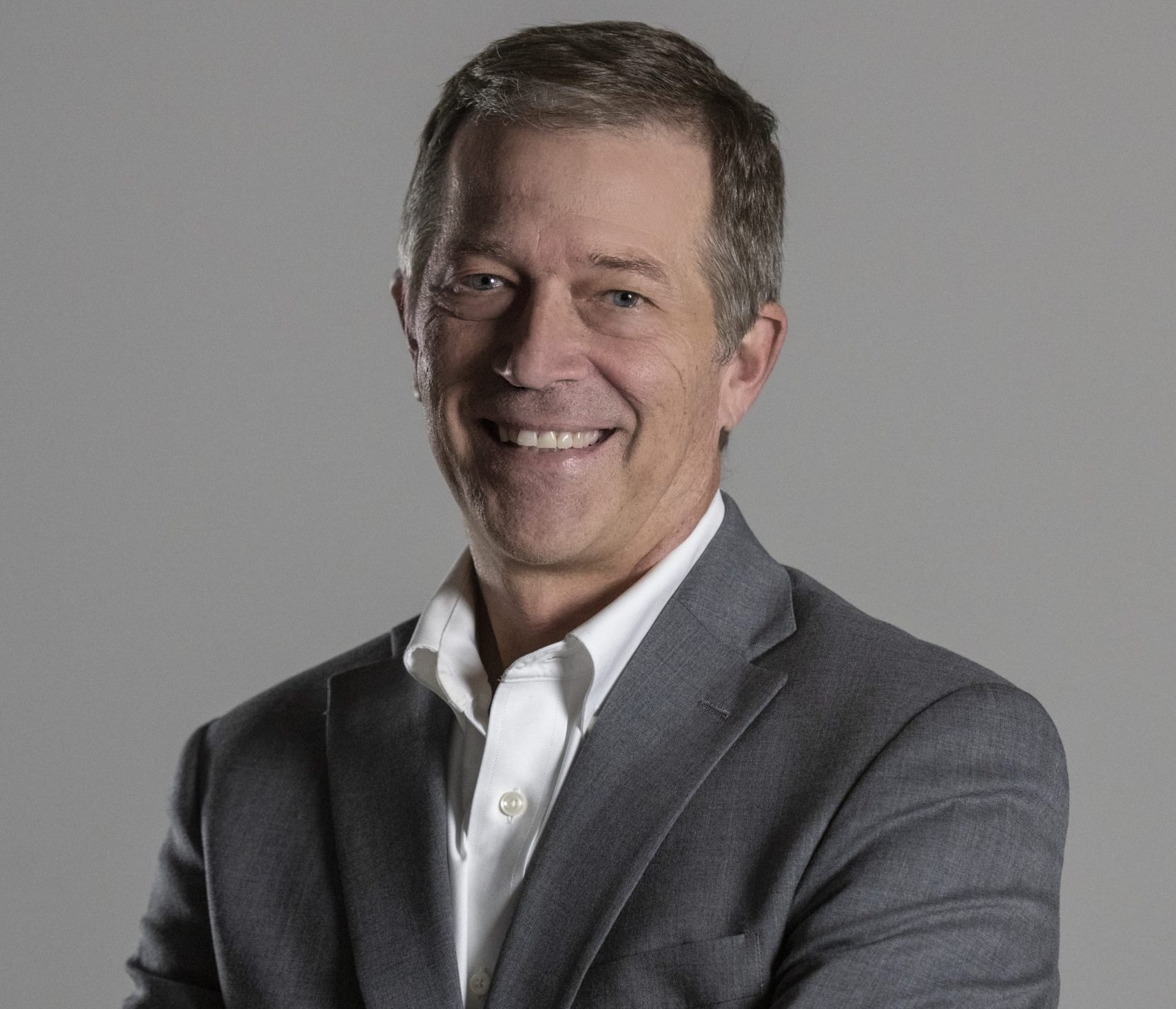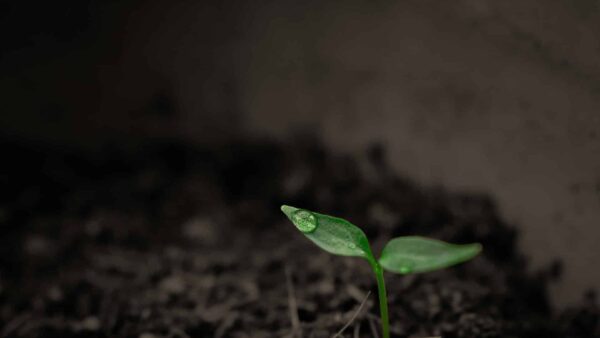ASTA chair Brad May reflects on some challenges the seed industry recently faced and proves the industry continues to find new solutions.
Brad May wasn’t always in the business of seed treatments, but if there’s one thing he knows now — seed treatments is where he found his home.
Though crop protection gave him his start, May says once you start working in the seed industry, it steals your heart.
“When you start working in the seed industry and begin developing relationships with the people, I don’t know if it picks you or you pick it,” May, vice president of Global Strategic Marketing Seed Treatments at BASF, says. “But that’s what ends up happening, and those relationships are what I really enjoy.”
The seed industry bug biting May wasn’t the only thing propelling him forward in his seed treatment role. An entrepreneurial spirit drove him as well.
“When I started working in the seed treatment area, we had a small business we were working on building up,” he says. “It was very entrepreneurial, and I just loved that part of the business.”
Now, May says it’s a passion.
“I don’t know how to explain the moment when you find a passion and you want to stick with it,” he says, “but I stayed with it, and seed really became a big part of the appeal for me as well. Maybe I was just too stubborn to leave, but it’s rewarding to do work that brings a lot of success, while enjoying the people you’re working with.”
Step Up Communication
May is all-too familiar with the pressure seed treatments have been under lately. From accusations about loopholes in regulatory processes to concerns about their effects on the environment, seed treatments have been under the microscope.
“In this kind of business, issues are always going to arise,” May says.
However, May, while concerned, isn’t worried.
“I think the seed industry consistently responds really well,” he says. “The American Seed Trade Association (ASTA) member companies are all working closely together to create a stewardship and educational program — and I think that’s the way to do it.”
When it comes down to it, May is a marketing man, so he believes the seed industry needs to be more proactive and transparent in communication. He says with more open communication, the seed industry can turn some image problems around.
“We don’t want to wait until an incident happens to be proactive in communication,” May says. “That’s why we need a stewardship and educational program, to avoid human errors to the best of our ability.”
Not only that, May says that when issues happen, it’s not good to avoid the problem; you need to acknowledge it.
“We’ve got to acknowledge the issues,” he says. “And in the end, we need to let our audience understand that there’s a lot of misinformation out there, and we as an industry need to be able to explain that to them. It takes time, but there are a lot of people who want to know and understand.”
A couple keys to approaching and dispelling misinformation is to avoid getting defensive, and be transparent so consumers to feel comfortable with the industry’s answers.
“There will always be those on the far side who don’t want to accept our messaging,” May says. “But, for the majority of people, if we can give them a strong answer, explanation and full transparency, they’ll accept our messaging really well.”
May sees communication as potentially difficult and it can get draining to continuously talk about difficult subjects.
“ASTA has a lot of information that teaches us how to dispel misinformation,” May says. “Its Seed Ambassador Leadership Training, or SALT, program teaches people how to do this, and while it can be draining, after you learn how to approach it, it can be rewarding.”
Getting comfortable with how to approach challenging topics can make you less apprehensive to talk about it, which allows you to have a constructive conversation.
“Afterwards, it’s amazing how people come back and are very happy and thankful that you took the time to talk to them,” he says. “That’s why we work with all our member companies to be trained on how to do it correctly.”

Explain the Benefits
While there will always be issues that pop up in the seed treatment business, taking time to look at the big picture of how seed treatments fit into crop protection can help individuals teach others about the benefits.
One of those big-picture points is sustainability.
“Seed treatments are something that fit into the sustainability picture, which has become such a hot topic,” May says. “It’s one of those important tools to have.”
May mentions it’s also important to keep in mind the rigorous regulations seed treatments undergo — and specifically, these requirements are in place to ensure the safety of growers and the environment.
“If you look at the EPA requirements for seed treatments, there are over 200 studies that need to be completed, and about 100 safety studies that are done for approving a chemical,” May says. “It takes over 11 years to get everything approved.”
In addition, the Federal Seed Act regulates labeling and physical movement of treated seed.
In the end, May believes seed treatments fit the bill for sustainability due to the precision in the field.
“If you’re looking at the difference between soil and foliar, it’s 1/10 to 1/100 less to use a seed treatment than if you were to spray foliar,” May says. “Seed treatments provide a level of precision ag that you wouldn’t otherwise have. Not only that, but they control diseases and insects.”
Particularly, May says seed treatments are imperative for tackling diseases and pests that affect seedlings — once you get those, he says, there’s no protection afterwards that can help.
“Of course, I’m biased when it comes to seed treatments,” May jokes. “But it all comes back to communication — seed treatments are great tools for farmers, and we need to communicate what they are and how they benefit our customers.”
The Bridge to ASTA
Seed treatments aren’t his only passion in the seed industry. While he served as liaison to Gustafson, he got involved in ASTA. While he didn’t start participating in ASTA for the meetings, education or the industry participation, it eventually ‚Äòcaught’ him in ways he couldn’t imagine.
“Originally, I started attending the ASTA meetings for networking, more or less,” he says. “It wasn’t until Bayer purchased Gustafson and I began taking over key accounts that I became more involved in ASTA.”
From there, networking aspirations grew into finding ways to help the industry. May started working on the seed treatment committee before branching into positions with ASTA such as director-at-large and regional vice president.
“ASTA is fun to work with, but once you start understanding that ASTA is more than networking, suddenly you see there are more intense topics that need attention,” May says. Seeing policies and understanding how intellectual property protection factors into breeding helps to understand portions of the seed industry puzzle, he says. “It’s not just enjoyable, but also rewarding.”
He found it so enjoyable and rewarding he was eventually nominated as second vice chair, first vice chair and finally, chair of ASTA from 2021-2022. This year, he will host the first ASTA CSS & Seed Expo in-person in Chicago since the pandemic began.
“Last June was our first in-person conference, and the people attending were very upbeat and happy to see each other,” he says. “While we didn’t have as many people because it was a hybrid virtual and in person conference, the people who came really showed up.”
As COVID numbers decrease and vaccinations increase, May believes people are ready to come back to in-person conferences.
“We’re using proper safety measures, so we’re going to get a lot of people coming to Chicago,” he says. “I’m lucky to be the chair this year, because the committee working on the conference is really good — they have good speakers, excellent breakout sessions and additional ways to do some networking.”
While networking might not be his complete focus at ASTA conferences anymore, he is still excited to network and meet more members. He also looks ahead to some of the changes ASTA and the board made to the strategic plan.
“We added a sustainability pillar to our plan, and that’s exciting,” May says. “Sustainability and seed are synonymous for sure. Someone once said we can never really define sustainability, but we can define what it’s not.”
Finally, May reflects back to 2020, where uncertainty permeated the air — and says he doesn’t know why he was ever concerned about the resilience of the seed industry.
“It’s impressive how resilient people are when times are difficult,” May says. “We were worried about worker safety, along with the ability to work with each other without face-to-face meetings. But, we’ve been able to meet a lot of government officials through video — more so than usual because they weren’t traveling — and we’ve been able to attend a lot more international conferences because they were video conferences.
“It’s really amazing what can happen now that we can continue,” May says.











